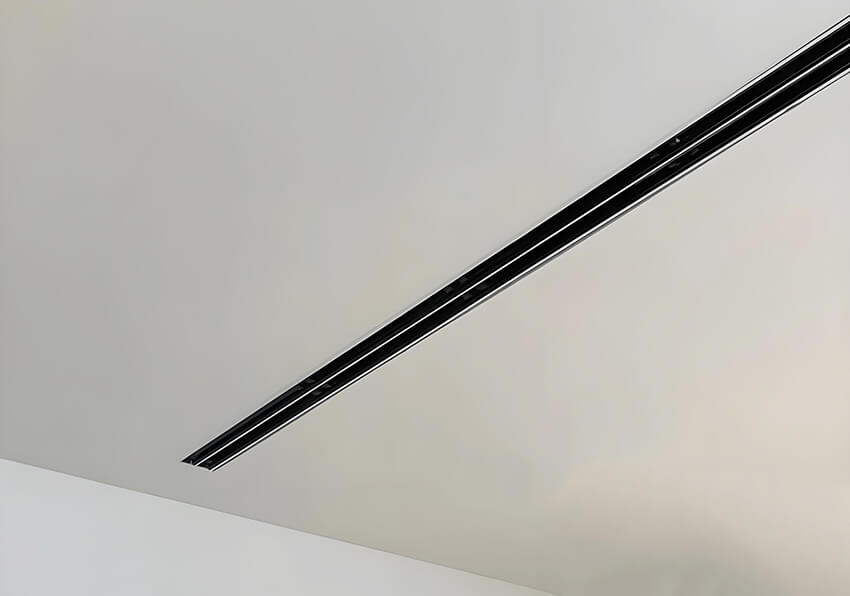When it comes to HVAC systems, the importance of effective air distribution cannot be overstated. Diffusers and grilles play a critical role in ensuring that conditioned air is evenly distributed throughout a space, maintaining comfort and air quality. Among the various types of diffusers available, linear diffusers have gained significant popularity in recent years. But what exactly makes these diffusers so appealing?
What are Linear Diffusers?
Description and Design
Linear diffusers are a type of air distribution device used in HVAC systems. They are characterized by their long, narrow design, which allows for a sleek and modern appearance. Unlike traditional diffusers, which often have a square or rectangular shape, linear diffusers are typically installed in long, continuous lines, either on the ceiling or along the walls. This unique design not only enhances the aesthetic appeal of a space but also ensures even distribution of air.
Types of Linear Diffusers
There are several types of linear diffusers, each designed to meet specific needs:
- Slot Diffusers: Feature adjustable slots that can direct airflow in various directions.
- Linear Slot Diffusers: Similar to slot diffusers but with multiple narrow slots, allowing for more precise control of air distribution.
Materials Used
Linear diffusers are usually made from high-quality materials such as aluminum or steel, which provide durability and a polished finish. Some diffusers also come with powder-coated or anodized finishes, adding to their longevity and resistance to wear and tear.
By understanding the design, types, and materials of linear diffusers, we can begin to see why they are a popular choice for modern HVAC systems. Their ability to blend seamlessly with various interior designs while providing efficient air distribution makes them a versatile and functional addition to any space.
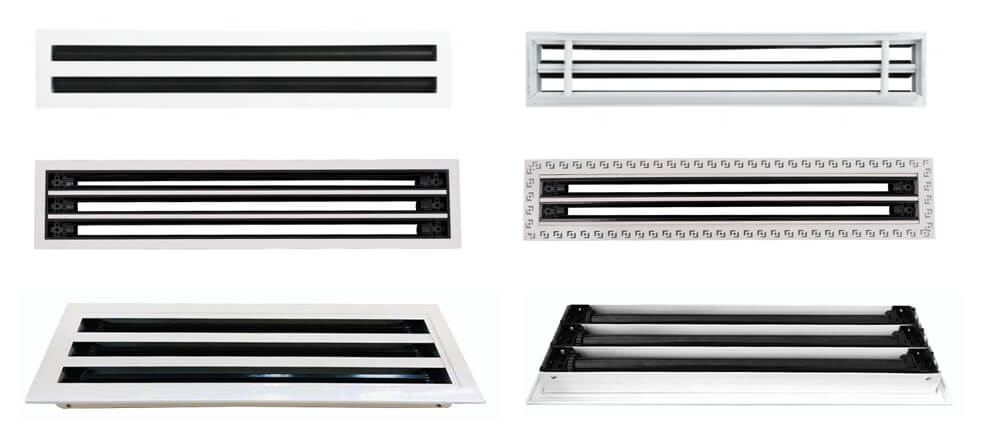
Key Benefits of Linear Diffusers
Linear diffusers offer a range of benefits that make them a popular choice for HVAC systems. Let’s explore the key advantages they provide:
1. Aesthetic Appeal
Sleek and Modern Design: One of the most notable benefits of linear diffusers is their sleek, modern design. Their long, narrow shape allows them to blend seamlessly with contemporary interior aesthetics. Whether installed in commercial offices, high-end residences, or retail spaces, linear diffusers add a touch of sophistication.
Blending with Interior Designs: Linear diffusers can be customized to match the decor of any space. Available in various finishes and colors, they can either stand out as a design feature or blend in discreetly, maintaining the integrity of the room’s design.
2. Efficient Air Distribution
Even Air Distribution: Linear diffusers are designed to provide consistent and even air distribution across a space. This ensures that every corner of the room receives the same level of air conditioning, which enhances comfort for occupants.
Improved Comfort Levels: By distributing air evenly, linear diffusers help maintain a stable and comfortable indoor environment. This is particularly important in larger spaces where traditional diffusers might struggle to achieve uniform airflow.
3. Versatility and Flexibility
Suitable for Various Applications: Linear diffusers are versatile enough to be used in a wide range of settings, including commercial buildings, residential homes, and industrial facilities. Their adaptability makes them a preferred choice for architects and HVAC designers.
Customizable Options: These diffusers can be tailored to meet specific requirements. Whether it’s adjusting the length, selecting different materials, or choosing a particular finish, linear diffusers can be customized to suit the unique needs of each project.
4. Noise Reduction
Quieter Operation: Another significant benefit of linear diffusers is their ability to operate quietly. Unlike some traditional diffusers that can produce noticeable noise, linear diffusers are designed to minimize sound, creating a more peaceful indoor environment.
5. Enhanced Air Quality
Effective Air Filtration: Many linear diffusers come with built-in filters that help improve indoor air quality by trapping dust and other airborne particles. This is especially beneficial in environments where air purity is a priority, such as hospitals and cleanrooms.
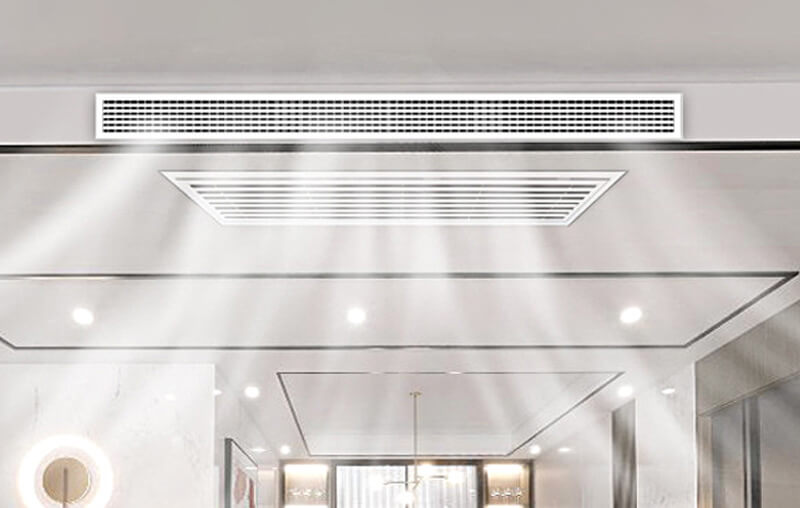
Applications of Linear Diffusers
Linear diffusers are highly versatile and can be used in a wide range of settings. Here are some of the most common applications:
Commercial Spaces
Offices: Linear diffusers are ideal for office environments where consistent air distribution is essential for maintaining comfort. Their sleek design also complements modern office aesthetics.
Shopping Malls: In large commercial spaces like shopping malls, linear diffusers ensure even air distribution across vast areas, enhancing the shopping experience for customers.
Hotels: Hotels benefit from the quiet operation and aesthetic appeal of linear diffusers. They can be installed in lobbies, conference rooms, and guest rooms to provide a comfortable environment.
Residential Settings
Living Rooms: In residential homes, linear diffusers can be installed in living rooms to ensure even cooling or heating without detracting from the room’s design.
Kitchens and Bathrooms: These diffusers are also suitable for kitchens and bathrooms, where they can help manage temperature and humidity effectively.
Industrial Facilities
Factories and Warehouses: Linear diffusers are used in industrial settings to maintain a stable and comfortable environment for workers. They can handle the large spaces typically found in factories and warehouses.
Notable Installations
Airports: Many modern airports use linear diffusers in their design to provide efficient air distribution and enhance the aesthetic appeal of the terminal areas.
Museums and Galleries: The quiet operation and unobtrusive design of linear diffusers make them ideal for museums and galleries, where maintaining a controlled environment is crucial.
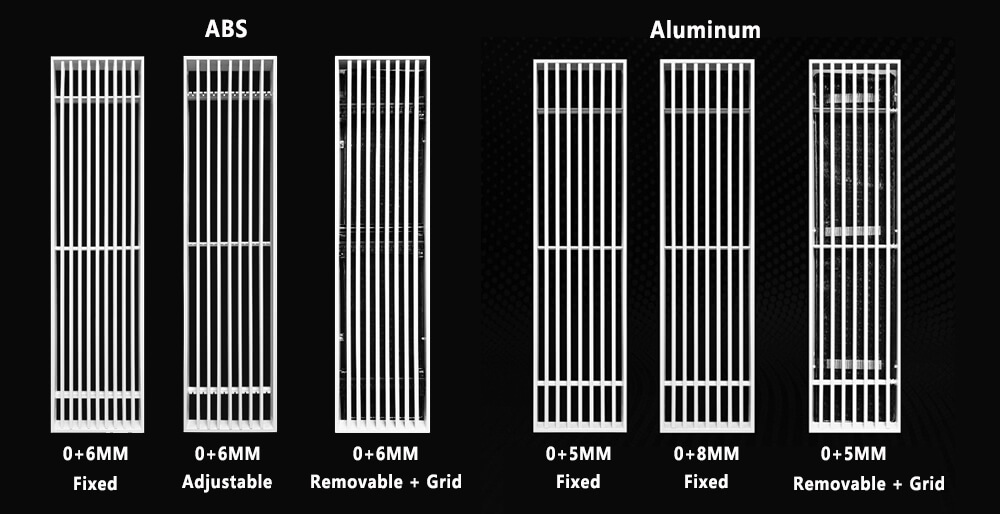
Factors Contributing to Popularity
Several factors have contributed to the growing popularity of linear diffusers:
Trends in Modern Architecture and Interior Design
Emphasis on Minimalism: Modern architecture often emphasizes minimalism and clean lines. Linear diffusers fit this aesthetic perfectly, offering a sleek and unobtrusive design that complements contemporary spaces.
Integration with Smart Home Systems: As smart home systems become more prevalent, linear diffusers can be easily integrated, allowing for more precise control of air distribution and improving overall home automation.
Demand for Energy-Efficient HVAC Systems
Energy Savings: Linear diffusers can contribute to energy efficiency by ensuring even air distribution, which reduces the workload on HVAC systems and leads to energy savings.
Sustainability: The focus on sustainable building practices has led to increased use of linear diffusers, which can be made from recyclable materials and designed for long-term durability.
Increasing Focus on Indoor Air Quality and Comfort
Health and Well-being: There is a growing awareness of the importance of indoor air quality for health and well-being. Linear diffusers, with their ability to provide consistent and clean air distribution, meet this need effectively.
Comfort Levels: Maintaining a comfortable indoor environment is crucial, especially in commercial and residential settings. Linear diffusers help achieve this by providing even and quiet air distribution.
Technological Advancements in HVAC Equipment
Innovative Designs: Advances in HVAC technology have led to the development of more efficient and effective linear diffusers. Innovations in materials and design have enhanced their performance and appeal.
Customizable Features: Modern linear diffusers offer a range of customizable features, from adjustable airflow patterns to integrated lighting options, making them a versatile choice for various applications.
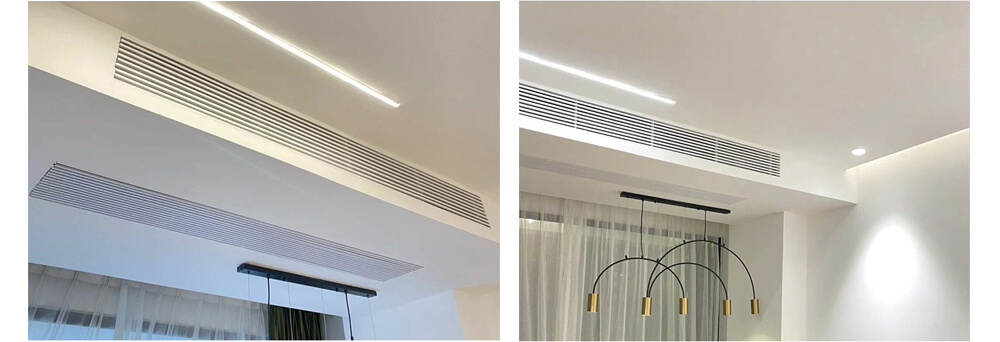
Comparison with Other Types of Diffusers
Linear diffusers offer unique advantages, but it’s important to compare them with other common types of diffusers to understand their distinct benefits:
Linear Diffusers vs. Ceiling Diffusers
Design and Aesthetics: Linear diffusers have a sleek, elongated design that blends well with modern interiors while ceiling diffusers typically have a square or rectangular shape. Linear diffusers are more visually appealing in contemporary settings.
Air Distribution: Linear diffusers provide even air distribution across larger spaces, making them ideal for open-plan areas. Ceiling diffusers, on the other hand, are better suited for localized air distribution in smaller rooms or specific zones.
Installation Flexibility: Linear diffusers offer greater flexibility in installation, as they can be integrated into ceilings, walls, or floors. Ceiling diffusers are limited to ceiling installations, which may not always align with design requirements.
Linear Diffusers vs. Louvered Diffusers
Air Flow Control: Louvered diffusers come with adjustable blades that allow for precise control of air flow direction. Linear diffusers, while providing even air distribution, may not offer the same level of directional control.
Noise Levels: Linear diffusers tend to operate more quietly compared to louvered diffusers, making them a preferred choice in environments where noise reduction is important, such as offices and residential spaces.
Maintenance: Linear diffusers are generally easier to clean and maintain due to their simple, streamlined design. Louvered diffusers, with their multiple adjustable blades, may require more frequent cleaning to prevent dust buildup.
Pros and Cons of Each Type
Linear Diffusers
- Pros: Modern design, even air distribution, quiet operation, versatile installation.
- Cons: Limited directional control compared to louvered diffusers.
Ceiling Diffusers
- Pros: Effective for localized air distribution, straightforward installation.
- Cons: Less aesthetically pleasing in modern interiors, limited to ceiling placement.
Louvered Diffusers
- Pros: Precise airflow control, suitable for various applications.
- Cons: Higher noise levels, more complex maintenance.
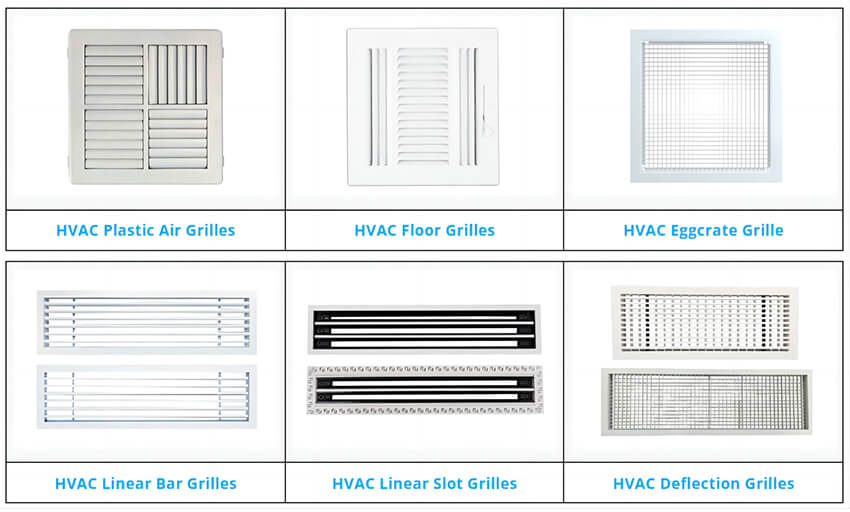
Conclusion
In conclusion, linear diffusers have become increasingly popular in modern HVAC systems due to their aesthetic appeal, efficient air distribution, versatility, and quiet operation. Their ability to blend seamlessly with contemporary interiors and provide consistent comfort makes them a preferred choice in both commercial and residential settings.
When compared to other types of diffusers, linear diffusers stand out for their sleek design and even air distribution capabilities. While ceiling and louvered diffusers have their own advantages, linear diffusers offer a unique combination of functionality and aesthetics that align well with current architectural and interior design trends.
As the demand for energy-efficient and aesthetically pleasing HVAC solutions continues to grow, linear diffusers are likely to remain a popular choice. Their ability to enhance both the visual appeal and comfort of a space ensures their place as a key component in modern HVAC systems.
If you want to know more, please click below:
- Grilles, Registers & Diffusers – The Ultimate Guide
- HVAC Linear Slot Diffusers – The Ultimate Guide
- HVAC Egg Crate Diffuser – The Ultimate Guide
- HVAC Jet Nozzle Diffuser – The Ultimate Guide
- HVAC Linear Bar Grilles – The Ultimate Guide
- HVAC Air Swirl Diffusers – The Ultimate Guide
- HVAC Round Ceiling Diffusers – The Ultimate Guide
- Round Ceiling Diffusers – The Ultimate Guide
- Exhaust Air Louver – The Ultimate Guide
- HVAC Registers – The Ultimate Guide

